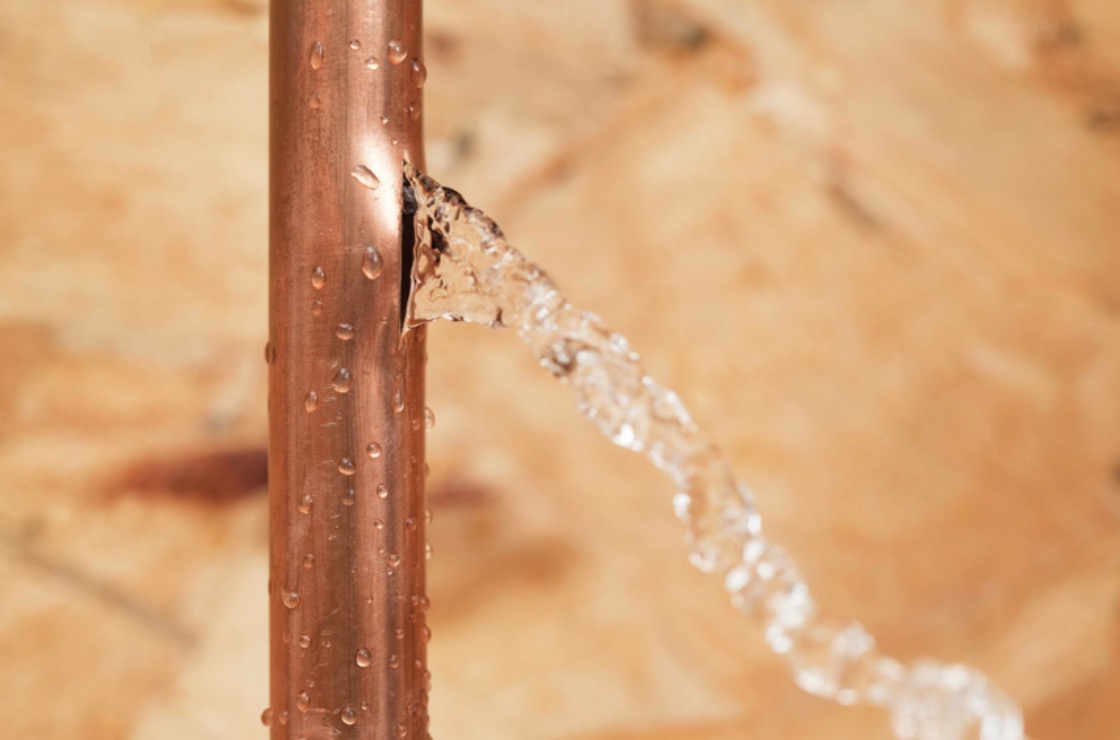Discover What Leads to Water Drips in Your Home
Discover What Leads to Water Drips in Your Home
Blog Article
Listed here in the next paragraph you might get additional excellent ideas related to How Fast Water Damage Can Ruin Your Home.

Leaks not only trigger waste of water but can likewise create unneeded damage to your residence and promote undesirable organic development. Regrettably, water leaks may go undetected given that a lot of the pipework in our residence is concealed. By looking as well as recognizing for day-to-day scenarios that trigger leakages, you can protect your house from future leakages as well as unneeded damages. Today, we will check out six leak creates that may be causing your pipelines to trickle.
Instant temperature level modifications.
Extreme temperature adjustments in our pipelines can cause them to increase and also acquire all of a sudden. This development and tightening might trigger fractures in the pipelines, specifically if the temperature are listed below cold.
Rusty water supply
As time passes by, your plumbing system ages and also rust such as corrosion may begin eating away the pipes. This may be the reason for staining or warping on your water pipes. This requires an assessment with your plumber instantly. If our plumbing system is old, take into consideration replacing the pipelines considering that they go to a higher threat of rust than the more recent designs.
Faulty Pipeline Joints
The factor at which your pipelines attach is regularly the weakest link in the waterline. Pipe joints can weaken in time, causing water leaks. The bulk of pipe joints are not easily visible. If you have noisy pipelines that make ticking or banging sounds, specifically when the warm water is switched on, your pipeline joints are most likely under a lot of pressure. It is recommended to have your plumber examine your system yearly.
Encroaching roots
A lot of water leakages start outside the residence instead than inside it. You might see wet patches or sinkholes in your yard, and that may imply that tree roots are attacking water lines causing water to seep out.
Poor Water Connectors
Sometimes, a leak can be brought on by loosened hoses and pipes that provide your devices. Generally, changing is what causes the loose water Connections. You might find in the case of a cleaning maker, a hose pipe may spring a leakage as a result of trembling throughout the spin cycle. In case of a water links leak, you may discover water running directly from the supply line or pools around your devices.
Clogged Drains
Obstructed drains pipes could be bothersome and also inconveniencing, yet they can often end up triggering an overflow resulting in burst pipelines. Maintain removing any kind of products that might decrease your drains pipes that might block them to avoid such troubles.
All the above are reasons for leaks but not all water leaks arise from plumbing leaks; some leakages could originate from roofing leakages. All leaks need to be fixed immediately to prevent water damages.
Leakages not only cause waste of water yet can also trigger unnecessary damage to your residence and promote undesirable organic development. By recognizing and also looking for daily scenarios that create leakages, you can shield your residence from future leaks and also unnecessary damage. Today, we will look at 6 leakage creates that might be creating your pipelines to drip.
At times, a leakage can be caused by loose hoses and also pipes that supply your devices. In situation of a water links leak, you may observe water running straight from the supply line or pools around your appliances.
How To Check For Water Leak In Your Home
How To Check for Leaks
The average household's leaks can account for nearly 10,000 gallons of water wasted every year and ten percent of homes have leaks that waste 90 gallons or more per day. Common types of leaks found in the home are worn toilet flappers, dripping faucets, and other leaking valves. These types of leaks are often easy to fix, requiring only a few tools and hardware that can pay for themselves in water savings. Fixing easily corrected household water leaks can save homeowners about 10 percent on their water bills.
To check for leaks in your home, you first need to determine whether you're wasting water and then identify the source of the leak. Here are some tips for finding leaks:
Take a look at your water usage during a colder month, such as January or February. If a family of four exceeds 12,000 gallons per month, there are serious leaks.
Check your water meter before and after a two-hour period when no water is being used. If the meter changes at all, you probably have a leak.
Identify toilet leaks by placing a drop of food coloring in the toilet tank. If any color shows up in the bowl after 10 minutes, you have a leak. (Be sure to flush immediately after the experiment to avoid staining the tank.)
Examine faucet gaskets and pipe fittings for any water on the outside of the pipe to check for surface leaks.
Undetected water leaks can happen without the home or business owner even realizing. If you suspect a water leak, but not able to find the source. It is time to contact a professional water leak detection service, The Leak Doctor.
How To Find a Water Leak In Your Home
https://www.leakdoctor.com/blog/How-To-Check-For-Water-Leak-In-Your-Home_AE197.html
As a serious reader on How to detect water leaks in your home, I imagined sharing that piece of writing was worth the trouble. Kindly take the opportunity to distribute this content if you liked it. Thanks for your time. Don't forget to come by our website back soon.
Plumbing woes? Contact. Report this page